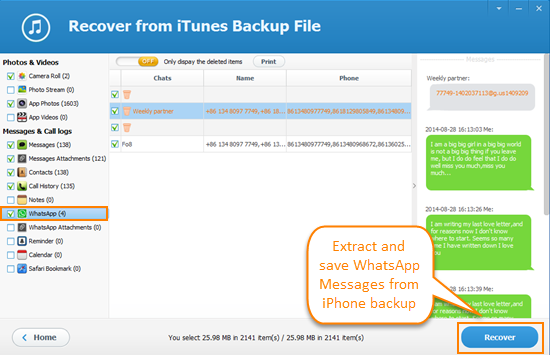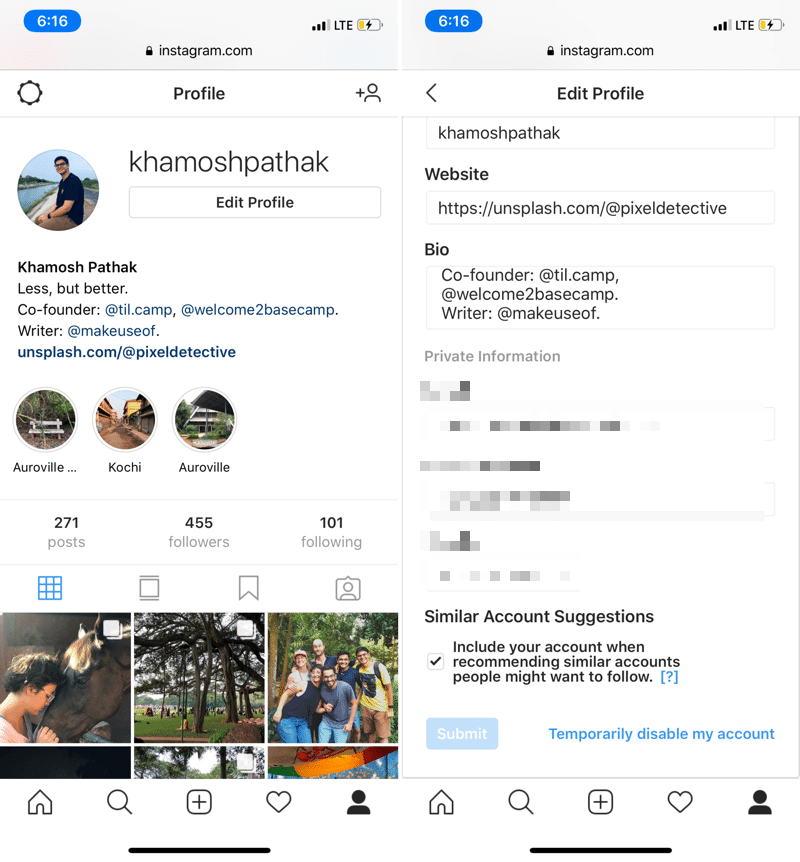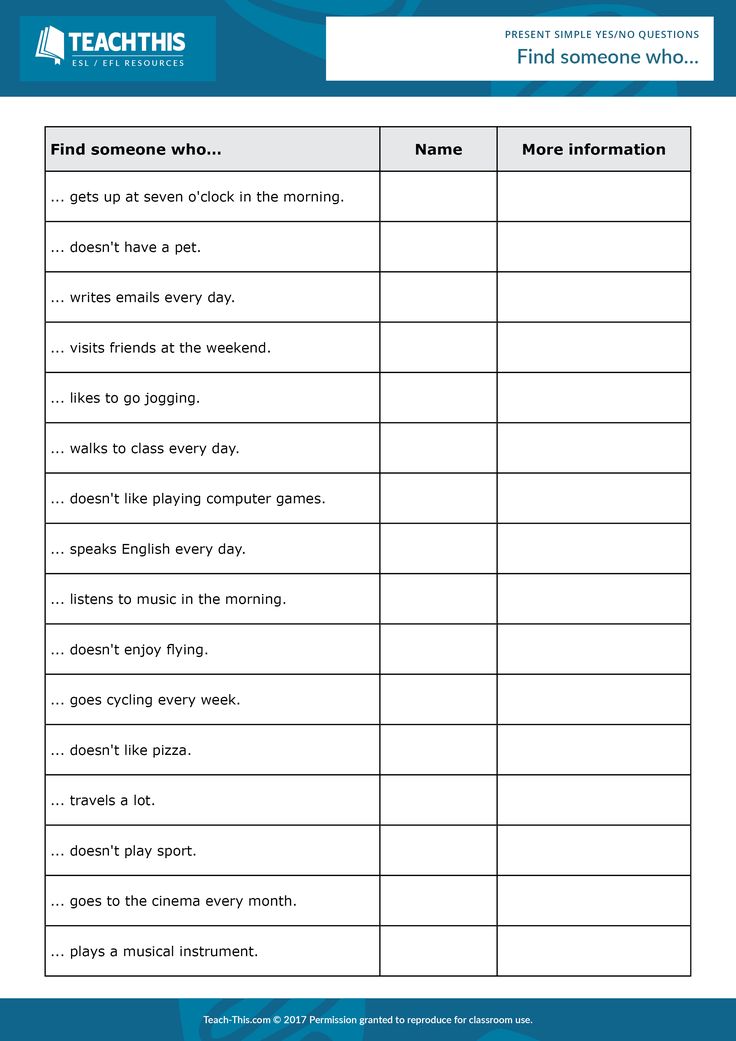How to finish a facebook account
How to deactivate or delete your Facebook account
People worldwide use Facebook to connect with friends and family, and to engage in pointless debates with strangers over moderately amusing cat videos. But while some feel that the social media platform is an essential part of life, others find the data scandals and privacy issues disconcerting. For those who wish to take a break from Facebook either temporarily or permanently, instructions for deleting or deactivating your account are below.
Deleting your Facebook account
How to delete your Facebook account from a browser
Removing Facebook for good is easier than you think. Follow this link to the page that allows you to end your account permanently. Click Delete Account, enter your password, and your account is gone forever. But before you do, consider downloading a copy of the information you have stored on Facebook, including photos, videos, and more. Here is an official guide from Facebook that can help.
How to delete your Facebook account from the iPhone app
- Start the Facebook app on your iPhone.
- Tap the three-lined icon (hamburger menu).
- Tap Settings & Privacy.
- Tap Settings.
- Tap Account Ownership and Control.
- Tap Deactivation and Deletion.
- Tap Delete Account.
- Delete your Facebook app for good measure.
How to delete your Facebook account from the Android app
- Start the Facebook app on your Android device.
- Tap the three-lined icon (hamburger menu).
- Tap Settings & Privacy.
- Tap Settings.
- Tap Account Ownership and Control.
- Tap Deactivation and Deletion.
- Tap Delete Account.
- Delete your Facebook app for good measure.
The cons of deleting your Facebook account
Deleting your Facebook account can certainly feel liberating. You don’t have to worry about managing your privacy or consuming seemingly endless social media content.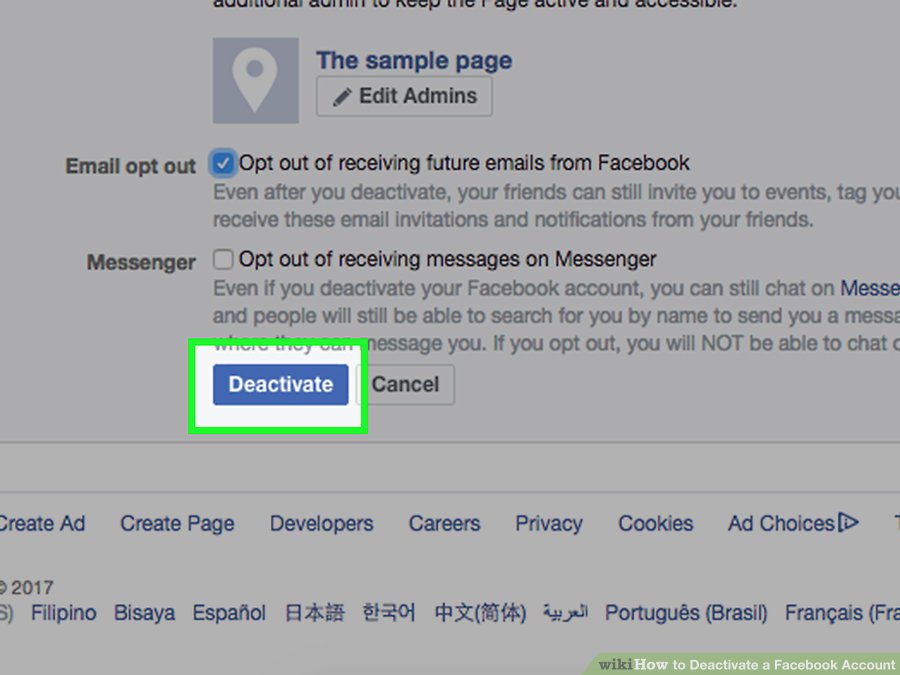 But rather than a permanent deletion, some people prefer to take a break from Facebook by deactivating their account for the following reasons:
But rather than a permanent deletion, some people prefer to take a break from Facebook by deactivating their account for the following reasons:
- You won't be able to access Facebook again unless you create a new account.
- It’s impossible to use Messenger without a Facebook account.
- Some accounts that you entered through Facebook Login may malfunction. You may need to contact those apps and websites or create new accounts.
- You’ll permanently lose your data unless you download a copy.
- You’ll lose your app purchases, achievements, and more related to your Facebook login on Oculus.
Can you undelete Facebook if you change your mind?
Facebook says that it needs up to 90 days from the start of the deletion request to remove everything you've posted permanently. It may even keep some data in backup storage for legal issues as part of its data policy. It also offers a 30-day grace period after you erase your account. Here is how to cancel your account deletion within 30 days:
- Log in to your Facebook account.

- Hit Cancel Deletion.
Deactivating your Facebook account
Deactivating your Facebook is a temporary measure. After you deactivate your account, your Facebook page, including your intro, photos, friends, and posts, is hidden. No one can send you friend requests either. However, your messages are still visible to their recipients. Here are some advantages of deactivating your Facebook instead of deleting it:
- Your photos, videos, and posts are hidden but not permanently deleted.
- Facebook Messenger is still fully accessible.
- You can still access accounts through Facebook Login.
- You can reactivate Facebook whenever you please by logging in.
How to deactivate your Facebook account from a browser
The same link that allows you to erase your account also allows you to deactivate your account. Hit Deactivate Account and then enter your password to lose access to Facebook temporarily. Alternatively, you can use the following steps:
- Select Settings & Privacy from the drop-down menu on the top right.
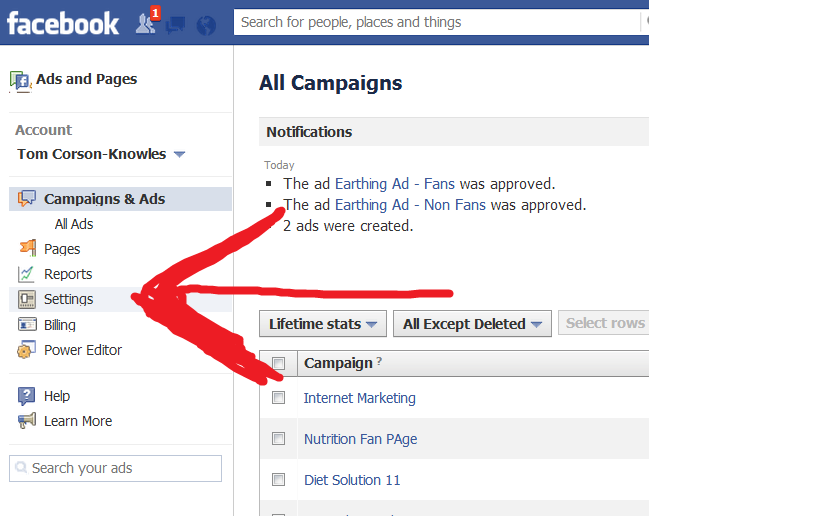
- Click Settings.
- Click Your Facebook Information.
- Click Deactivation and Deletion.
- Select Deactivate Account and hit Continue to Account Deactivation.
- Enter your password and deactivate your account.
How to deactivate your Facebook account from the iPhone app
- Start the Facebook app on your iPhone.
- Tap the three-lined icon (hamburger menu).
- Tap Settings & Privacy.
- Tap Settings.
- Tap Account Ownership and Control.
- Tap Deactivation and Deletion.
- Tap Deactivate account.
How to deactivate your Facebook account from the Android app
- Start the Facebook app on your Android device.
- Tap the three-lined icon (hamburger menu).
- Tap Settings & Privacy.
- Tap Settings.
- Tap Account Ownership and Control.
- Tap Deactivation and Deletion.
- Tap Deactivate Account.
Tips for using Facebook safely
We understand that some users don’t want to deactivate or delete Facebook, but still have safety concerns.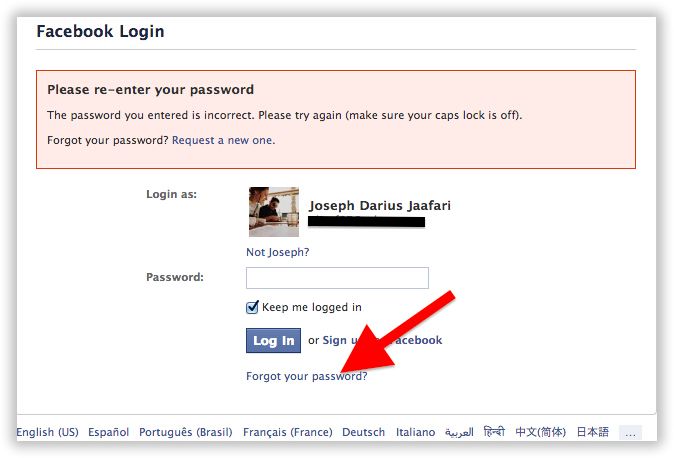 There are steps you can take to better manage your privacy and security on Facebook. Here are some tips that may help:
There are steps you can take to better manage your privacy and security on Facebook. Here are some tips that may help:
- Set a long, unique password for your Facebook account. You can use a trusted password manager to make the task easier.
- Avoid oversharing information on Facebook. Threat actors can use it for social engineering.
- Be careful when accepting friend requests. Limit posts to trusted friends and not the public.
- Limit the audience of old posts on your Timeline by clicking General > Privacy > Your Activity > Limit Past Posts.
- Stop Facebook from using your data to show you tailored ads by clicking General > Ads > Ad Settings.
- Manage third-party apps that have access to your data by clicking General > Apps and Websites.
- Beware of social media scams and be careful which links you click on Facebook or in Messenger.
How to Delete Your Facebook Account
Recent events, or just the general state of social media, might have you contemplating a break from Facebook.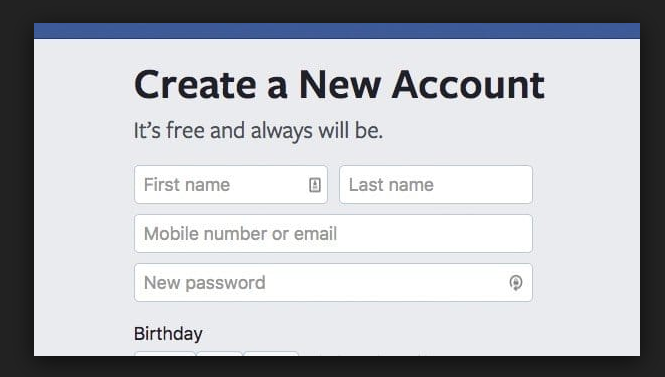 That's not an option for everyone; in that case, tighten up your account settings.
That's not an option for everyone; in that case, tighten up your account settings.
But if the social network skeeves you out, if you've finally had enough and can't take it anymore, there are ways to extricate yourself. Here's how to delete Facebook.
Deactivating Facebook
Facebook gives you two options: deactivate or delete.
The first couldn't be easier. On the desktop, click the menu at the top-right of your screen with your profile picture on it to select Settings & Privacy > Settings. Click Your Facebook Information on the left. Scroll down and you'll see Deactivation and Deletion at the bottom. (Here's the direct link(Opens in a new window) to use while logged in.)
(Credit: PCMag)
If you're on your iPhone or Android device, tap the three-line hamburger menu , then navigate to Settings & Privacy > Settings > Personal and Account Information > Account ownership and Control > Deactivation and deletion on iOS or Android.
(Credit: PCMag)
Facebook doesn't take this lightly—it'll do whatever it can to keep you around, including emotional blackmail about how much your friends will miss you.
"Deactivation" is not the same as leaving Facebook. Yes, your timeline will disappear, you won't have access to the site or your account via mobile apps, friends can't post or contact you, and you'll lose access to all those third-party services that use (or require) Facebook for login. But Facebook does not delete the account. Why? So you can reactivate(Opens in a new window) it later. It says it right there as you deactivate: "This can be temporary."
Just in case that expected re-activation isn't in your future, download a copy of all your data(Opens in a new window) on Facebook—posts, photos, videos, chats, etc.—from menu for Settings & Privacy > Settings > Your Facebook Information > Download Your Information > View. What you find might surprise you.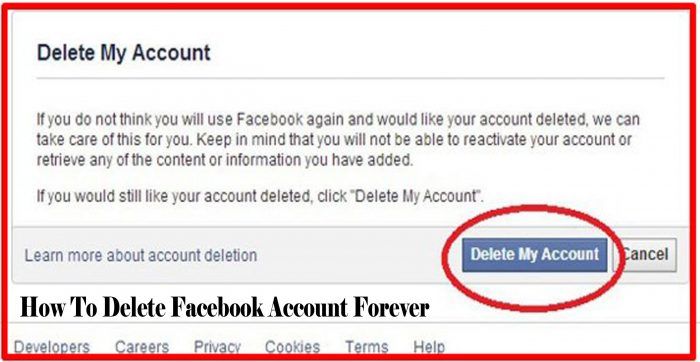
How to Permanently Delete Facebook
To fully delete your Facebook account forever, go to facebook.com/help/delete_account(Opens in a new window). Just be aware that, per the Facebook data use policy(Opens in a new window), "after you remove information from your profile or delete your account, copies of that information may remain viewable elsewhere to the extent it has been shared with others, it was otherwise distributed pursuant to your privacy settings, or it was copied or stored by other users."
(Credit: PCMag)
Translation: if you wrote a comment on a friend's status update or photo, it will remain even after you delete your own profile. Some of your posts and pictures may hang around for as long as 90 days after deletion, as well, though only on Facebook servers, not live on the site.
There is a deletion grace period of 30 days. That means there is a month before Facebook really gets rid of your account, just in case you change your mind.![]() It's just one more way Facebook cares.
It's just one more way Facebook cares.
Delete or Memorialize for Others
You can't delete someone else's account without being able to sign on as them. But, you can get others kicked off. Underage kids in particular, since Facebook bans kids under 13 to comply with federal law(Opens in a new window).
To notify Facebook about a user under 13, report the account(Opens in a new window), you narc. If Facebook can "reasonably verify" the account is used by someone underage it will delete the account instantly, without informing anyone.
Recommended by Our Editors
How to Prevent Facebook From Sharing Your Personal Data
How to Transfer Your Facebook Photos and Videos to Another Service
Wasting Too Much Time on Facebook? Take Control With Quiet Mode
(Credit: PCMag)
There's a separate form to request removal of accounts for people who are medically incapacitated(Opens in a new window) and thus unable to use Facebook.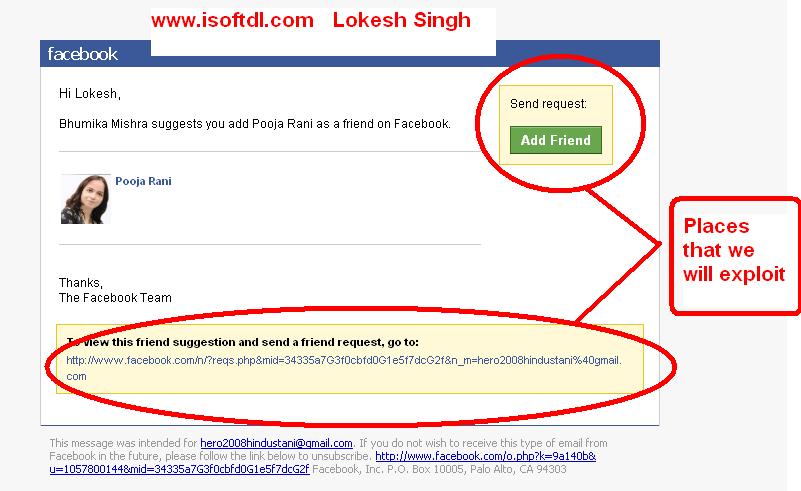 For this to work, the requester must prove they are the guardian of the person in question (such as via power of attorney) as well as offer an official note from a doctor or medical facility that spells out the incapacitation. Redact any info necessary to keep some privacy, such as medical account numbers, addresses, etc.
For this to work, the requester must prove they are the guardian of the person in question (such as via power of attorney) as well as offer an official note from a doctor or medical facility that spells out the incapacitation. Redact any info necessary to keep some privacy, such as medical account numbers, addresses, etc.
(Credit: PCMag)
If a user has passed away, a legacy contact(Opens in a new window)—a Facebook friend or relative designated by the account owner before they died—can get access to that person's timeline, once approved by Facebook. The legacy contact may need to provide a link to an obituary or other documentation such as a death certificate. Facebook will "memorialize" the page(Opens in a new window) so the deceased's timeline lives on under control of the legacy contact. That person can't post as the deceased, but will be able to manage the profile pic and cover photo, manage any tribute posts made by other friends, and handle new friend requests made of the deceased.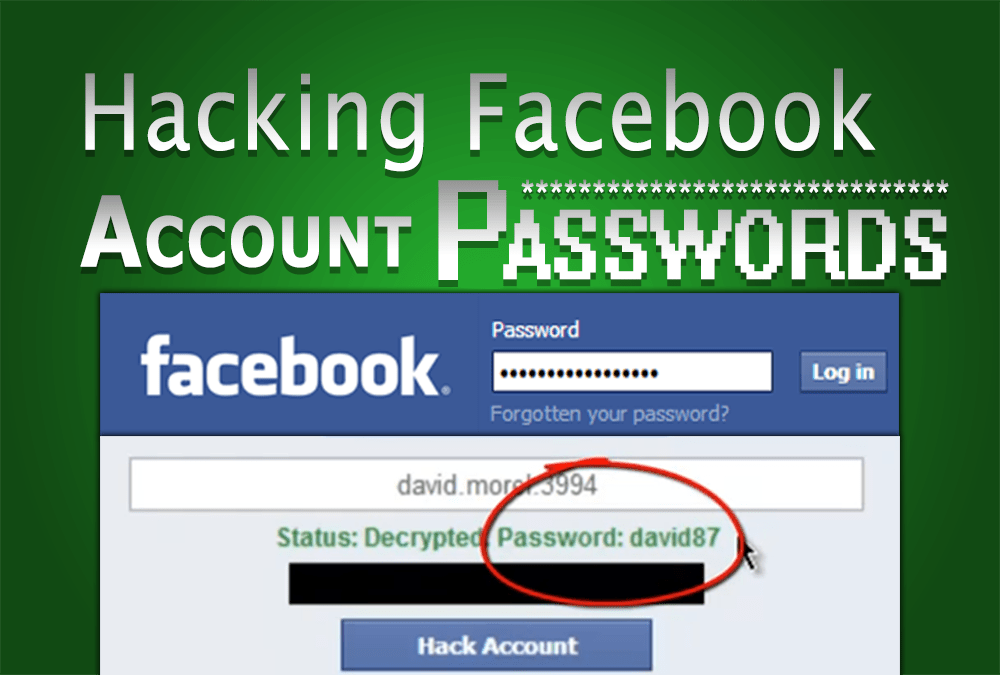 The page will says "Remembering" above the person's name.
The page will says "Remembering" above the person's name.
(Credit: PCMag)
If the legacy contact prefers, they can have the page removed permanently(Opens in a new window).
Designate a specific legacy contact person right now to handle your account after your passing by going to Settings & Privacy > Settings > General >Memorialization Settings. Type in a friends name so it finds their Facebook profile, then click Add; then click Send so the person gets a notification. (You can also go here to remove or change the legacy contact.)
(Credit: PCMag)
Once you pick a legacy contact (and you can only have one), you'll get a notification every year from Facebook to double check that the contact should stay the same.
You have the option to ensure that after you die, if the legacy contact does report you as deceased to Facebook, your account gets deleted—even if the legacy contact wants the account to be memorialized. That's a good way to take control from the great beyond.
That's a good way to take control from the great beyond.
Like What You're Reading?
Sign up for Tips & Tricks newsletter for expert advice to get the most out of your technology.
This newsletter may contain advertising, deals, or affiliate links. Subscribing to a newsletter indicates your consent to our Terms of Use and Privacy Policy. You may unsubscribe from the newsletters at any time.
Thanks for signing up!
Your subscription has been confirmed. Keep an eye on your inbox!
Sign up for other newsletters
How do I close my Facebook profile?
Help Center
We are updating the mobile version of Facebook.com. More
Open profile
This feature is currently only available in some countries and on certain devices.
If you see the icon on a person's profile, it means they have closed their profile and restricted access to their content to people who are not on their Facebook friends list.
When a person closes their profile, only their friends see the following content:
Profile photos and publications.
Full size profile and cover photos.
Stories.
New publications and photos.
Also:
Any public posts that this person has previously shared will only be visible to their friends.
The profile and label verification function will be enabled.
Information from the "Information" section of his profile will only be partially visible.
Other ways to manage privacy
If you are unable to close your profile, manage your privacy using your privacy settings:
Use the privacy check.
Select the audience for the publication.
Edit basic profile information and choose who will see it.
Change history privacy settings.
Enable the profile check feature.
Apply the mark check function.
Enable profile photo protection. nine0003
Manage settings for adding friends and subscriptions.
Choose who can find your profile using your email address and mobile phone number.
Was the article helpful?
How do I enable Facebook profile photo protection?
Can I see who is viewing my Facebook profile?
Profile Transparency in Professional Mode
Blocking Facebook Profiles
How do I report a Facebook profile? nine0003
Information
Privacy
Terms and Conditions
Advertising Preferences
Jobs
Cookies
Create an Ad
Create a Facebook Page
permanently? Instructions with screenshotsThe difference between deletion and deactivation
Deactivation acts as a temporary account freeze. For example, you decided to go to the mountains and indulge in a digital detox without Facebook and constant notifications, but you know for sure that in a couple of months you will return and you will need an account with all contacts and messages. By the way, about messages - when you delete your Facebook profile, you will also delete the link to Messenger, which will lead to the loss of all dialogs and data in correspondence.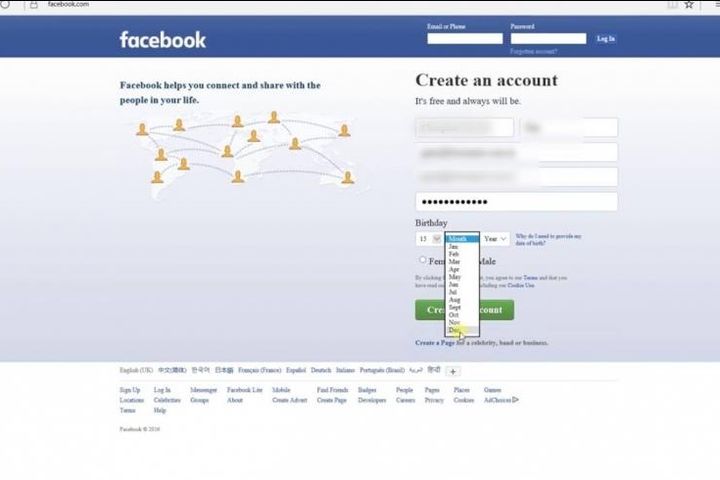 Therefore, if an account on FB is no longer needed, but private messages are a different matter, then you can use the account deactivation option instead of deleting it. nine0003
Therefore, if an account on FB is no longer needed, but private messages are a different matter, then you can use the account deactivation option instead of deleting it. nine0003
Read related: How to delete old posts from Facebook Timeline
How to deactivate a Facebook account
From the web version menu) and select "Settings", or simply follow this link.
Click "Edit" on the "Account Management" block
And click "Deactivate Account" at the very bottom of this settings block. nine0003
To prevent your account from being deactivated by a colleague who doesn't really like you, but left his work computer on, Facebook will ask you to enter the current account password, and only after that the account will be deactivated. Messenger will keep its performance and history of correspondence, but when you again want to share your thoughts, mood or tell Mark what's new, you can always activate your account again, completely restoring all the data. nine0003
nine0003
From the mobile app
Tap the hamburger menu on the app's bottom bar, then Settings & Privacy > Settings.
Next, you need the "Account Management" menu item. By the way, on the current screen, you can use the application to download the archive of the data you downloaded.
And in "Account Management" - the section "Deactivation and deletion".
After that, it remains only to finally decide on the decision about deactivation or removal by selecting the appropriate item. nine0003
How to delete an entire Facebook account
If you have definitely decided that you will no longer need it, as well as Messenger (leave - so leave), then instead of deactivating your account, which still leaves the possibility of rolling everything back, it would be preferable for you to delete the entire account, without the possibility of recovery.
Read related: How to permanently delete accounts from Twitter, Instagram and TikTok
From the web version
In the same way as during deactivation, go to the general settings of Facebook, but from the "General" tab go to "Your information on Facebook". Here you can also request an archive of all information for downloading to your computer, if you definitely don’t feel sorry for the account, but all those hundreds of photos, records, notes and comments are a pity. The social network will create an archive of all this data for you, which can be downloaded before deleting your account.
On the deletion page, you will once again be asked to deactivate your account instead of deleting it, just in case, if you need Messenger, and also to download the archive with the information you downloaded.
You can then unzip the data file and make sure that everything is actually saved - from your saved objects and links and account information to all photos (taking into account the nesting hierarchy of your albums) and Likes and list friends at the time of account deletion.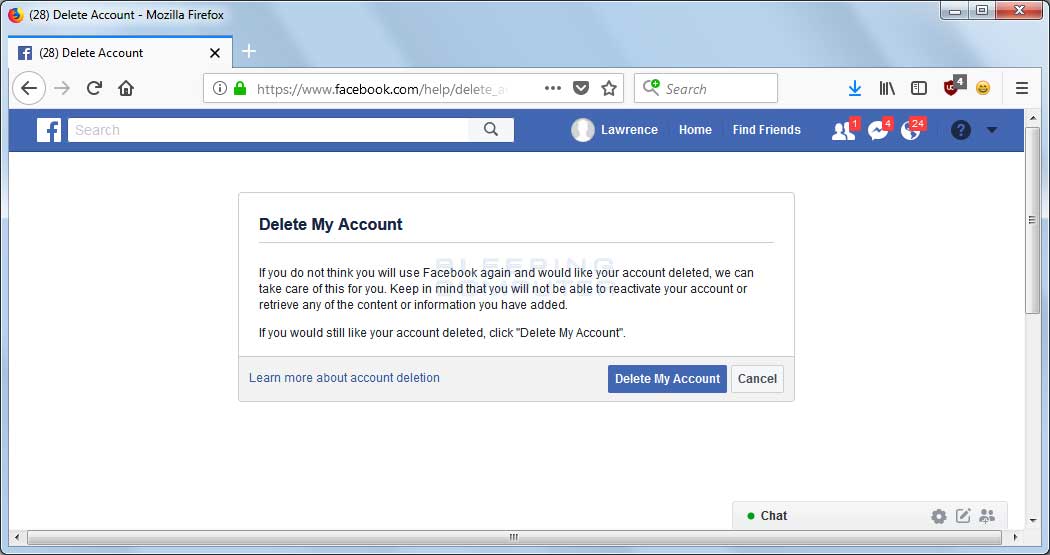 nine0003
nine0003
If you have thought it all over and decided to permanently delete your account, all that remains is to press the appropriate button and then enter the account password for confirmation.
If you suddenly change your mind about deleting after deleting (yes, this also happens), then you will have 30 days to restore your account, you just need to log into it and click "Cancel deletion" on the page that appears after logging in .
Well, if within a month after the deletion you have not decided to restore your account, then you will not be able to do it after. nine0003
From the phone
All steps are similar to account deactivation, except for the final one - you just need to select "Account deletion" instead of "Account deactivation".
This is about deleting a profile, that is, a personal page. In addition, sometimes it becomes necessary to delete the company page.
How to delete a business page on Facebook
From the web version
First of all, you need to go to the page that you administer and click on the "Settings" menu. nine0003
nine0003
To delete a page, you need the lowest item in the general settings block.
When you click "Delete Page", Facebook will warn you that you have 2 weeks to restore it if you change your mind.
From the app
Here's how to do it from your phone using the standard Facebook app.
By clicking on the hamburger menu at the very top of the screen, a list of pages that you administer will appear. Select the one you want, and then tap on the menu hidden behind the three dots. nine0003
Then you need to follow this path through the screens:
"Edit page" - "Settings" - "General" - "Delete page". And confirm your choice.
The Facebook interface changes quite often (although not so noticeably), so if you decide to use our instructions, but something doesn’t match your screenshots or the links above, use the permalink to the general Facebook help on deleting and deactivating your account.









